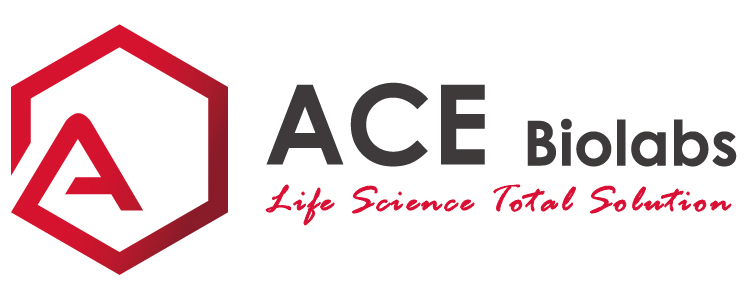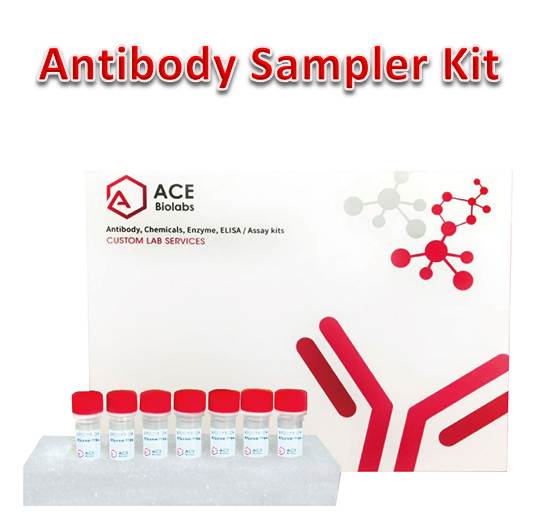Antibody, Antibody Sampler Kit
Apoptosis/Necroptosis Antibody Sampler Kit
- Catalog Number : AK0119
- Number :
-
Size:
Qty : - Price : Request Inquiry
Introduction
Apoptosis is a regulated physiological process leading to cell death. Caspases, a family of cysteine acid proteases, are central regulators of apoptosis. Caspases are synthesized as inactive zymogens containing a pro-domain followed by large (p20) and small subunits (p10) that are proteolytically processed in a cascade of caspase activity. Initiator caspases (including 8, 9, 10, and 12) are closely coupled to proapoptotic signals. Once activated, these caspases cleave and activate downstream effector caspases (including 3, 6, and 7), which in turn cleave cytoskeletal and nuclear proteins like PARP, α-fodrin, DFF, and lamin A, and induce apoptosis. Cytochrome c released from mitochondria is coupled to the activation of caspase-9, a key initiator caspase. Apoptosis induced through the extrinsic mechanisms involving death receptors in the tumor necrosis factor receptor superfamily activates caspase-8. Activated caspase-8 cleaves and activates downstream effector caspases, such as caspase-1, -3, -6, and -7. Caspase-3 is a critical executioner of apoptosis, as it is either partially or totally responsible for the proteolytic cleavage of many key proteins, such as the nuclear enzyme poly (ADP-ribose) polymerase (PARP).Necroptosis, a regulated pathway for necrotic cell death, is triggered by a number of inflammatory signals, including cytokines in the tumor necrosis factor (TNF) family, pathogen sensors such as toll-like receptors (TLRs), and ischemic injury. Necroptosis is negatively regulated by caspase-8 mediated apoptosis in which the kinase RIP/RIPK1 is cleaved. Furthermore, necroptosis is inhibited by a small molecule inhibitor of RIP, necrostatin-1 (Nec-1). Research studies show that necroptosis contributes to a number of pathological conditions, and Nec-1 has been shown to provide neuroprotection in models such as ischemic brain injury. RIP is phosphorylated at several sites within the kinase domain that are sensitive to Nec-1, including Ser14, Ser15, Ser161, and Ser166. Phosphorylation drives association with R
General Information
| Reactivity | Human, Mouse, Rabbit |
|---|---|
| Application | WB, ELISA |
| Host | Rabbit |
| Clonality | Polyclonal |
| Conjugate | HRP,Non-conjugated |
| Storage instruction | Store at -20℃. Avoid freeze / thaw cycles. |
| Research topic | Regulation of Apoptosis |
Product Includes
| Product name | Quantity | Applications | Reactivity | Host |
| MLKL Polyclonal Antibody | 20μL | WB,ELISA | Human | Rabbit |
| Cleaved-CASP3 p17 (D175) Polyclonal Antibody | 20μL | WB,IHC,ELISA | Human, Mouse, Rat | Rabbit |
| CASP3 Polyclonal Antibody | 20μL | WB,IHC,IF,ELISA | Human, Mouse, Rat | Rabbit |
| Cleaved-CASP8 (D384) Polyclonal Antibody | 20μL | WB,ELISA | Human | Rabbit |
| CASP8 Polyclonal Antibody | 20μL | WB,IHC,ELISA | Human, Mouse, Rat | Rabbit |
| Goat Anti-Rabbit IgG (H+L)(peroxidase/HRP conjugated) | 120μL | WB,ELISA |







.png)